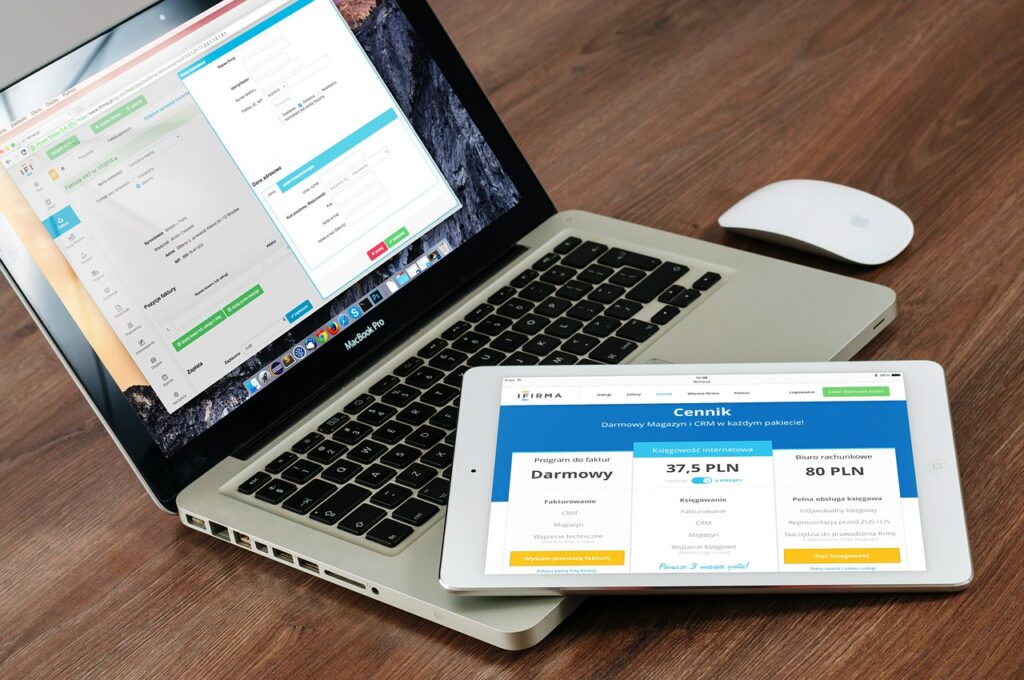If you need a patient registry software application, please contact us at info@zlynger.com
Real world evidence (RWE) studies are investigations that collect and analyze clinical data from patients in the context of routine medical practice, in contrast to the ideal and experimental conditions of a clinical trial.
RWE studies generate very valuable information to learn more about the characteristics of drugs, such as the long-term toxicity of a medication in a broad patient population, once the drug has been approved for marketing. These types of studies are known as post-authorization studies.
Carrying out RWE studies requires adequate software tools that allow the creation of web-based patient registries, and easy and secure data collection by the research teams, for subsequent cleaning and analysis.
What characteristics should web-based patient registries have to conduct RWE studies?
In this article we will discuss the essential elements and functionalities of a patient registry.
1. A patient registry must collect clinical data accurately
The initial specification of the forms and fields of a patient registry is tremendously important. A good definition of the data to be collected in an RWE study will not only influence the quality of the study results but it will help save time and money by avoiding subsequent modifications to the forms.
Data managers implementing the registry tool must work closely with clinical researchers to ensure that the registry web application accurately collects all the data that will be required for analysis.
It is not uncommon that the specification of a patient registry needs to be modified once the study has started because important data has been forgotten. It is also often the case that some data fields do not accurately collect the information required for analysis.
All these deficiencies cause modifications that imply additional costs and also delays in data collection. It is therefore clear that a good initial specification of the data to be collected is a key aspect in any RWE study.
2. A patient registry should be intuitive and easy to use
It is very important that the web applications used to enter clinical data are intuitive and easy to use. These tools should be simple and allow quick navigation so that research teams can do their work in the most comfortable way possible, without much need for training.
Therefore, patient registries for RWE studies should have a friendly and clear user interface, without complex forms or data fields that can lead to misunderstandings or errors.
A well-designed and intuitive patient registry will have many advantages and benefits for all parties involved in the study. Researchers and their teams will benefit from working comfortably, increasing their efficiency and speed when entering data. On the other hand, the study sponsor will benefit from fast data entry with fewer glitches.
3. A patient registry must be secure
System security is a fundamental aspect in any sector and of course clinical research is no exception. Patient registries that contain sensitive information —such as people’s medical data— must have high security measures in place to preserve the integrity of the information.
The web applications used to collect clinical data contain the following security mechanisms, among others:
- Web security certificates
- Use of personal usernames and passwords (only for authorized persons)
- Mechanisms for blocking users after a certain number of access attempts
- Mechanisms for automatic disconnection of user sessions after a specified period of inactivity
- Control modules that record user logins and disconnections
These are some of the essential security features that every patient registry tool should have. These security mechanisms that computer systems used in clinical research must comply with are required by international standards. RWE study sponsors must ensure that the application to be used in their projects complies with these regulations
4. A patient registry must have an audit trail
Another fundamental element of electronic patient registries is the existence of an audit trail module that allows complete tracking of user activity on the platform.
An audit trail module records the data entered by users in the different forms of the system, thus leaving an auditable history of the entered values and their modifications. This module collects the clinical values entered, who entered them and when.
The objective of the audit trails is to guarantee the integrity and reliability of the clinical data collected, to avoid any type of improper or fraudulent manipulation.
5. A patient registry must allow exports to files for statistical analysis
Once the clinical data has been entered and cleaned in the web registry, the next step is to export it into datasets for statistical analysis. Therefore, web-based registries must include automatic export functions that generate data files commonly used in the industry (e.g. CSV file).
The exported files from the patient registry are then processed using analysis programs such as SAS or SPSS. These programs are used by statistical programmers to generate results in the form of tables, listings, and figures to be included in publications (that is, presentations, posters, and scientific manuscripts).
When selecting a clinical data collection tool, it is important to take into account the export functions that this tool has, in order to be able to plan the data transfer and analysis process.
6. A patient registry should have a good price
Finally, sponsors conducting RWE studies should consider the cost of data collection applications. There is a wide variety of clinical data collection technologies on the market, some more advanced than others, and therefore some more expensive than others.
The price of patient registry applications can range between US$ 700-2,000 per month (usage fee), and to this we must add the initial cost of implementation, testing and validation of the system, which can be in the range of US$ 8,000-20,000 depending on the size and complexity of the platform.
RWE study sponsors must take into account the price of the application to be used. In some cases patient registries can include a large number of patients (>1,000) and platforms can be used for a long time, even years, so the overall price must be properly calculated.
What patient registry solution does Zlynger offer?
Zlynger offers a web-based tool for patient registries, ideal for use in RWE studies. Zlynger’s electronic registry enables secure, fast and easy patient data management for clinical and epidemiological studies in any type of disease, at an affordable price.
If you need a patient registry software application, please contact us at info@zlynger.com



